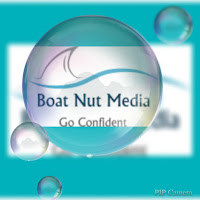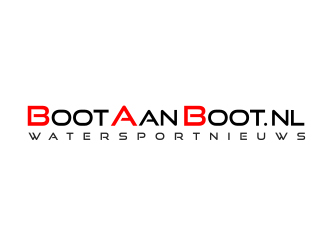NMMA to sell or shut down California shows, closes NMMA West offices
The US trade association has sold the Los Angeles Boat Show and San Diego International Boat Show to Duncan McIntosh Company
NMMA makes strategic changes to its boat show roster
NMMA, as part of strategic changes to its boat show roster, has reached an agreement to transfer ownership of the Los Angeles Boat Show and San Diego International Boat Show to Duncan McIntosh Company, Inc., effective immediately.
The 2016 Los Angeles Boat Show completed a successful four-day run on February 28 with an eleven percent increase in attendance, helping kick off the transfer on a positive note. As for the 2016 San Diego International Boat Show, set to run June 16-19 at the Sheraton Hotel & Marina on Harbor Island, it is business as usual and all existing agreements for 2016 will be honored by Duncan McIntosh Company. For exhibitors who have already contracted for space, NMMA has assigned space contracts and deposits to Duncan McIntosh Company. All exhibitor questions related to the Los Angeles and San Diego shows should be directed to Janette Hood at the Duncan McIntosh Company.
Additionally, following the cancellation of the San Francisco Boat Show in January due to weather and given challenges in finding a suitable long-term home for the show in Northern California, NMMA will not be producing a San Francisco show in 2017. NMMA President Thom Dammrich notes, “It was not an easy decision to make but after listening to our exhibitors and exploring our options for alternative host sites, it became clear we would not be able to produce the kind of event our attendees and exhibitors have come to expect from NMMA. We thank our exhibitors for their support as we looked to use this show as a way to reinvigorate the Northern California market and hope our exhibitors understand our reasons behind this difficult decision.”
With these changes come changes at NMMA. Without these shows on its roster, the NMMA West offices will be closing later this Spring. In a letter to exhibitors, Dammrich noted, “We are sad to say goodbye to Dave Geoffroy and his talented team of professionals and thank them for their hard work and dedication in working with us to grow recreational boating in California. Dave has been a fixture in the Southern California boating industry for forty-five years and has served the industry as an association leader for eighteen years. We hope you will join us in wishing them well in their future endeavors.”
While the NMMA West offices are closing and shows are transitioning, NMMA will continue serving the needs of the marine industry on the West Coast. David Dickerson and NMMA’s state government relations team will remain active in all California legislative and regulatory efforts. What's more, John McKnight's work with CARB and Nicole Vasilaros' work in ensuring California is part of our federal government relations efforts will continue, uninterrupted. Additionally, the NMMA teams supporting statistics, certification, marketing and PR in California are moving full speed ahead. California remains a key region that's integral to the success of the entire U.S. boating industry and a priority for NMMA.
To guarantee access to all of Boat Nut Magazine articles, pictures and featured services visit the official Boat Nut Magazine ©™ website. Be sure to reply to the Boat Nut Association registration on our site for the latest Boat Nut weekly and monthly news letters and opportunities.
Copyright 2015 © Boat Nut Media, Toronto, Ontario. All rights reserved. No part of this information/publications may be stored in a retrieval system, transmitted, or reproduced in any way, including but not limited to photocopy, magnetic, or other record, without prior agreement and written permission of the publisher, Boat Nuts Media ©™ No liability is assumed with respect to the information provided
Connect with the Magazine web site
Connect with the Magazine web site










(c:0).jpg)



